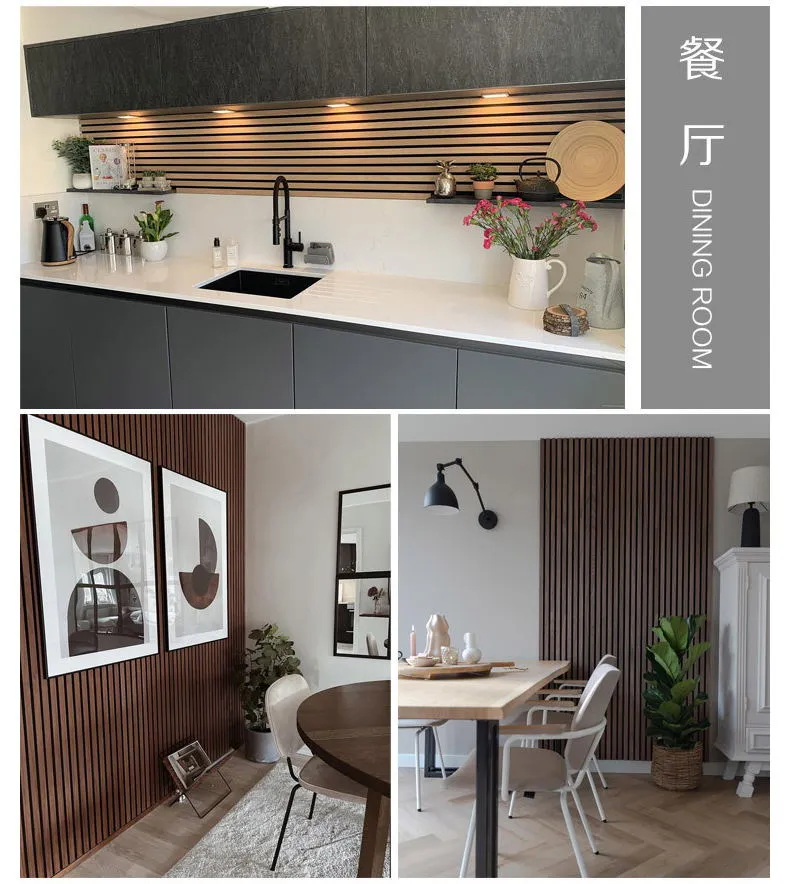The Versatility and Sustainability of Wood Wool Panels
In recent years, building materials that emphasize sustainability and versatility have gained significant traction in the architecture and interior design industries. Among these, wood wool panels, also known as wood wool cement boards or wood wool acoustic panels, have emerged as an innovative solution that combines aesthetic appeal with functional benefits.
What are Wood Wool Panels?
Wood wool panels are made from strands of wood that are bonded together with a cement matrix or other binding agents. This unique composition not only provides structural strength but also enhances the panels' sound-absorbing properties. The manufacturing process typically involves shredding wood into thin strands, which are then combined with a binding agent and compacted into panels. The resulting product is lightweight, durable, and versatile, making it suitable for a variety of applications.
Sustainability Features
One of the most compelling aspects of wood wool panels is their sustainability. The primary raw material—wood—can come from renewable resources, particularly if sourced from sustainably managed forests. Moreover, the production process requires less energy compared to many conventional building materials. The panels can also contribute to a building's overall energy efficiency by enhancing insulation and reducing the need for additional heating or cooling systems.
Many wood wool panels are produced using non-toxic binders, contributing to the creation of healthier indoor environments
. Additionally, the panels are biodegradable; when they reach the end of their life cycle, they can be broken down naturally, reducing landfill waste.Acoustics and Aesthetics
wood wool panels

Wood wool panels are highly valued for their acoustic properties. By absorbing sound, they can help reduce noise levels in various settings, making them an excellent choice for schools, offices, and public spaces. Their porous structure allows them to trap sound wave energy, creating a more conducive environment for communication and concentration. This makes them a popular choice for architects and designers looking to improve the acoustic comfort of their projects.
In terms of aesthetics, wood wool panels offer a unique visual appeal that aligns with modern design sensibilities. The natural texture of the wood strands can create warm and inviting interiors, while their neutral colors complement various design styles. These panels can be easily customized in terms of size, shape, and finish, allowing for endless creative possibilities in both residential and commercial settings.
Applications
The versatility of wood wool panels extends across a multitude of applications. They can be used as interior wall coverings, ceiling tiles, and even in exterior cladding to add character to a building’s façade. In addition to being aesthetically pleasing, they offer practical benefits like improved sound insulation and thermal performance.
Given their durability, wood wool panels are also suitable for high-traffic areas, maintaining their integrity over time despite exposure to wear and tear. This resilience, combined with their lightweight nature, allows for easier installation and reduces construction costs.
Conclusion
As the demand for sustainable and multifunctional building materials continues to rise, wood wool panels stand out as an exceptional option. They provide a perfect balance of acoustic comfort, aesthetic versatility, and environmental responsibility. Whether used in residential designs or commercial projects, these panels embody a modern approach to construction that respects both nature and the needs of contemporary living. Their blend of functionality and style makes wood wool panels not just a trend, but a timeless choice for the future of sustainable design.
